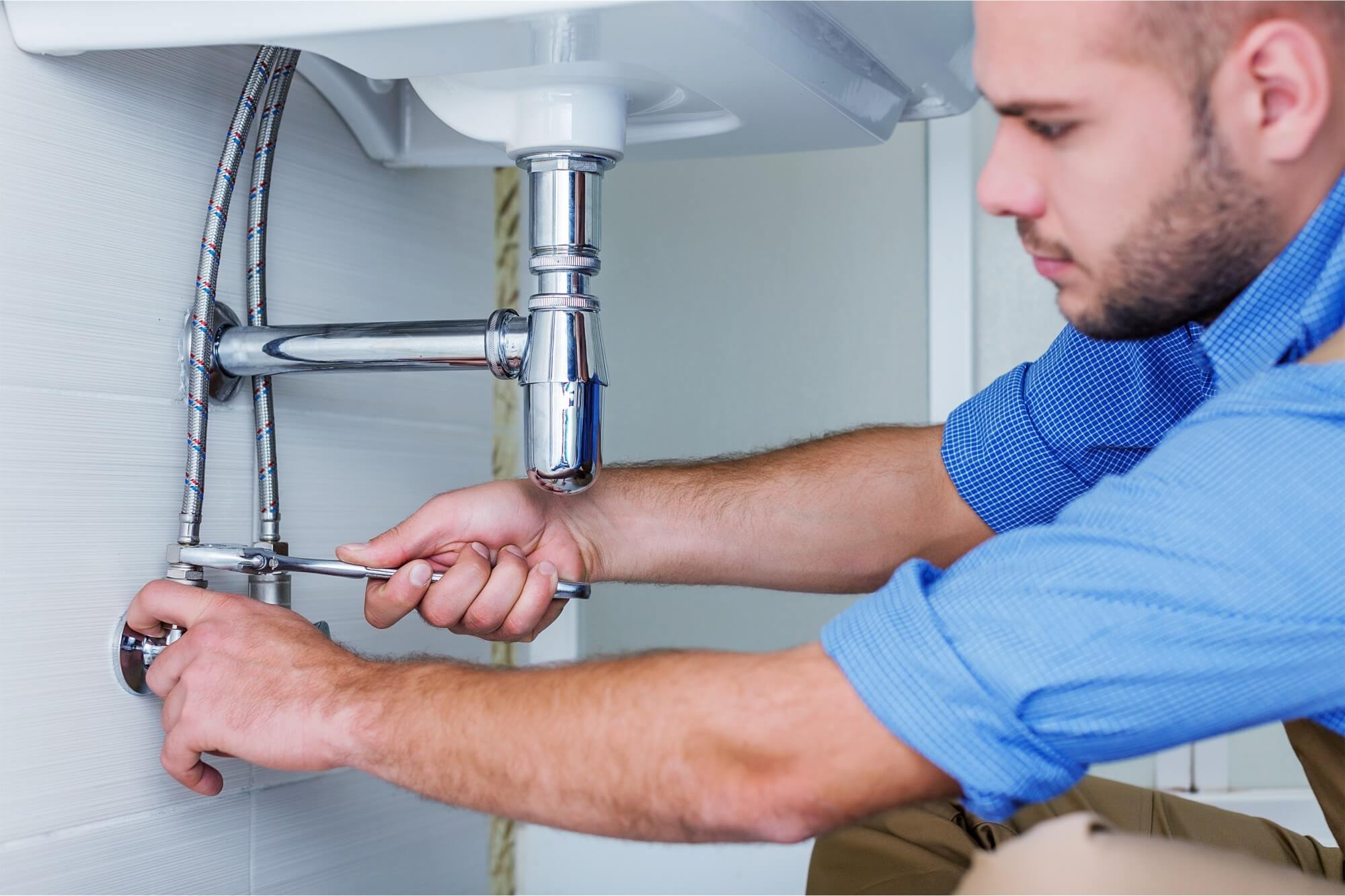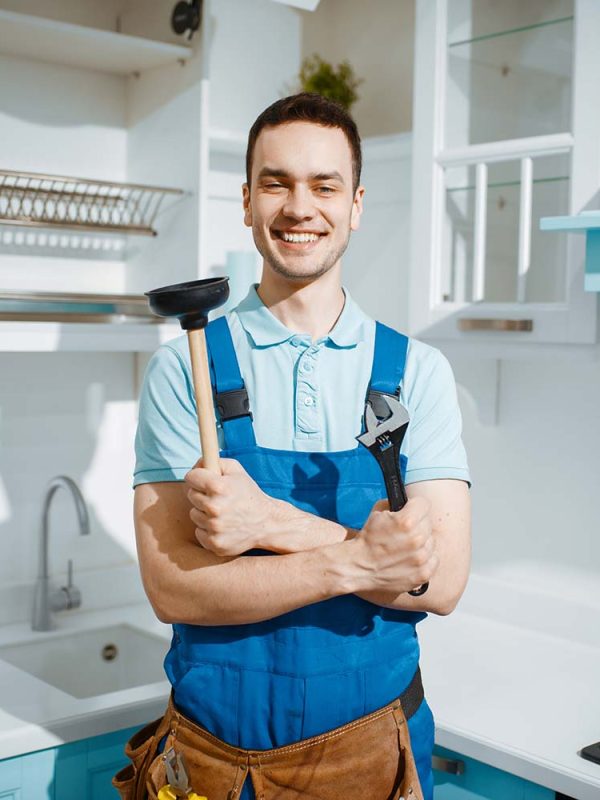Rapid and Reliable Drain Cleaning Alabaster AL Services Available
Wiki Article
A Detailed Overview to Reliable Water Heating System Installation for Optimal Performance
Embarking on the task of mounting a water heating unit is a venture that demands accuracy and a methodical strategy for accomplishing optimum performance. As you proceed, the ins and outs of connecting water supply lines and establishing up reliable electric or gas links wait for, promising understandings into guaranteeing performance and reliability.Choosing the Right Hot Water Heater

Following, think about the dimension and ability of the hot water heater. It's crucial to assess your family's warm water requirements, which can differ based on the variety of residents and their use patterns. A system that's too little might result in not enough warm water, while a large model could result in unneeded energy consumption.
Effectiveness ratings likewise play a pivotal function in selection. Seek hot water heater with high Energy Factor (EF) rankings, indicating premium efficiency and reduced power usage. Tankless versions, though usually a lot more pricey in advance, deal considerable power financial savings with time because of their on-demand heating capabilities.
Preparing the Installation Area
Prior to mounting a brand-new hot water heater, precise preparation of the installation location is crucial. This makes certain a smooth setup process and helps avoid future problems (Plumber Alabaster AL). Begin by selecting a suitable location that adheres to neighborhood building ordinance and safety and security standards. The area should be dry, well-ventilated, and available for maintenance. It's essential to measure the room meticulously to suit the hot water heater's measurements, making sure appropriate clearance around the system for efficient operation and maintenance.Examine the floor for stability, as the water heating system will need a solid, level surface area to run properly. If necessary, set up a drip frying pan under the system to catch prospective leakages or spills, protecting against water damages to the surrounding location.
In addition, make certain that all essential devices and products get on hand before commencing the installation. This consists of things such as wrenches, screwdrivers, a degree, and any type of extra hardware needed for protecting the heating system and installing. A well-prepared installation location establishes the foundation for a successful hot water heater configuration, enhancing efficiency and safety and security.
Connecting Water Supply Lines
When connecting water supply lines to your recently set up hot water heater, it is crucial to guarantee that all connections are leak-free and safe to keep efficient procedure and stop water damages. Begin by determining the chilly and hot water supply lines. The chilly water inlet is normally noted with a blue label or a "C", while the warm water outlet is marked with a red label or an "H".Use flexible water heating unit adapters to facilitate a simpler setup process. Before connecting the ports, position a plumber's tape around the threaded ends of the water heating unit's inlet and electrical outlet pipelines.
Once connections remain in area, gradually activate the primary water valve. Inspect each connection for leaks by visually really feeling and examining for moisture. Tighten up links as essential, and ensure the pressure safety valve is appropriately mounted, safeguarding versus too much pressure build-up.
Setting Up Electrical or Gas Connections
Correctly setting up the electrical or gas connections for your water heater is a vital action to make certain secure and efficient operation. For electric water heating units, begin by confirming that the electric circuit works with the heater's voltage and amperage requirements. Ensure the power supply is shut off at the circuit breaker to stop crashes. Attach the electric cables to the heating unit complying with the maker's electrical wiring layout. Commonly, this includes attaching the ground cord to the environment-friendly terminal, and the continuing to be cables to their corresponding terminals, securing each with cord nuts.For gas water heating systems, safety is extremely important. Connect the gas line to the water heating unit making use of a flexible gas port, guaranteeing it is properly threaded and sealed with pipeline joint substance or Teflon tape suitable for gas links.
As soon as connections are made, check for any kind of potential leakages. For gas lines, use a soapy water service to the joints; bubbles show a leak. For electrical links, double-check that all circuitry is secure and correctly shielded, maintaining conformity with local electrical codes.
Changing and testing for Performance
With the electrical and gas links firmly in click for more info area, the following step is assessing the operational efficiency of your water heater. Begin by view it thoroughly turning on why not try these out the water supply and guaranteeing there are no leaks at any of the valves or joints.Following, perform a comprehensive evaluation to guarantee the heating elements or burner are operating properly. For electric heaters, utilize a multimeter to validate if the components are drawing the appropriate current. In gas versions, observe the heater flame; it ought to be consistent and blue, suggesting effective combustion.
Readjust the setups as required to eliminate inefficiencies. Take into consideration carrying out insulation procedures, such as adding a water heater covering, to better boost performance by decreasing warm loss. Furthermore, check the anode pole's problem, as a tatty pole can reduce performance and cause container deterioration.
Conclusion
Effective water heating unit setup is essential for making sure optimum efficiency and power savings. Firmly linking water supply lines and thoroughly setting up electrical or gas links minimize prospective issues.
Correctly setting up the electric or gas connections for your water heater is an essential action to make certain safe and efficient operation. For electric water heating systems, begin by verifying that the electrical circuit is compatible with the heater's voltage and amperage requirements. Connect the gas line to the water heating unit utilizing a versatile gas port, ensuring it is correctly threaded and sealed with pipeline joint compound or Teflon tape appropriate for gas links.
Report this wiki page